Tuomarinkylä Manor and Haltiala Manor were once part of the farming land of Helsinki Parish Church. The name Tuomarinkylä (Domarby in Swedish) first appears in historical documents in 1417. By the 1500s Tuomarinkylä was a thriving village whose inhabitants were occupied not only by farming, but also by shipbuilding and trading.
The culture of manor houses in and around Helsinki sprung up as a consequence of the construction of the massive sea fortress known variously as Viapori, Sveaborg and Suomenlinna in the mid-1700s. The officers acquired manor houses and other properties, constructing new buildings and earning additional income from farming and other enterprises, such as limestone quarries, sawmills, brick and tile factories, which were in high demand during the building boom.
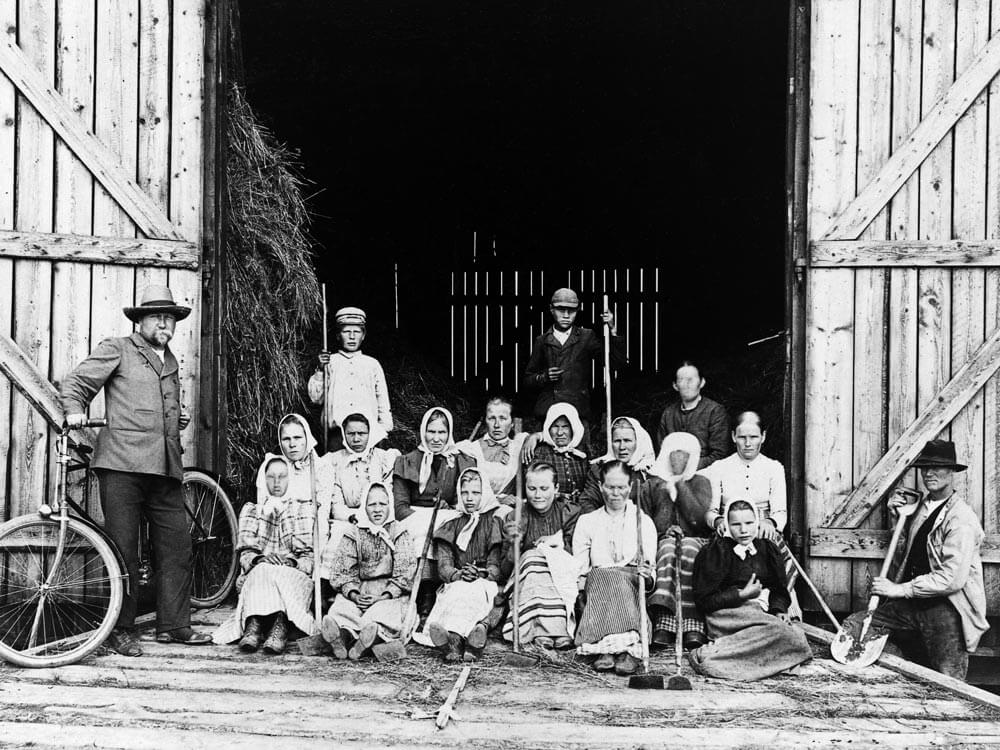
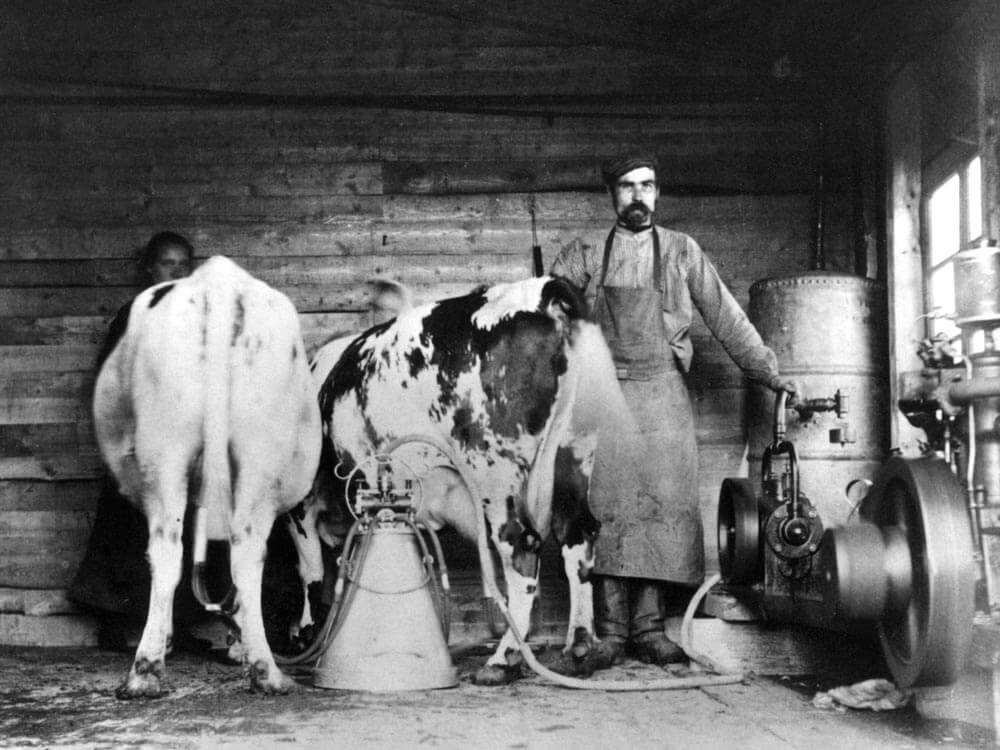
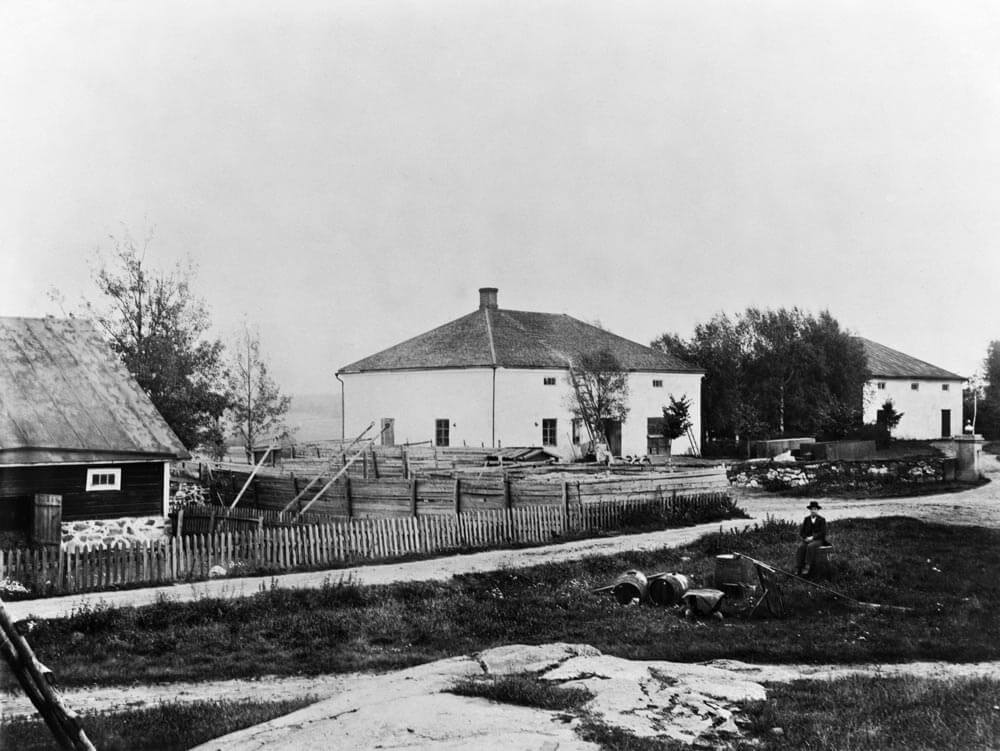
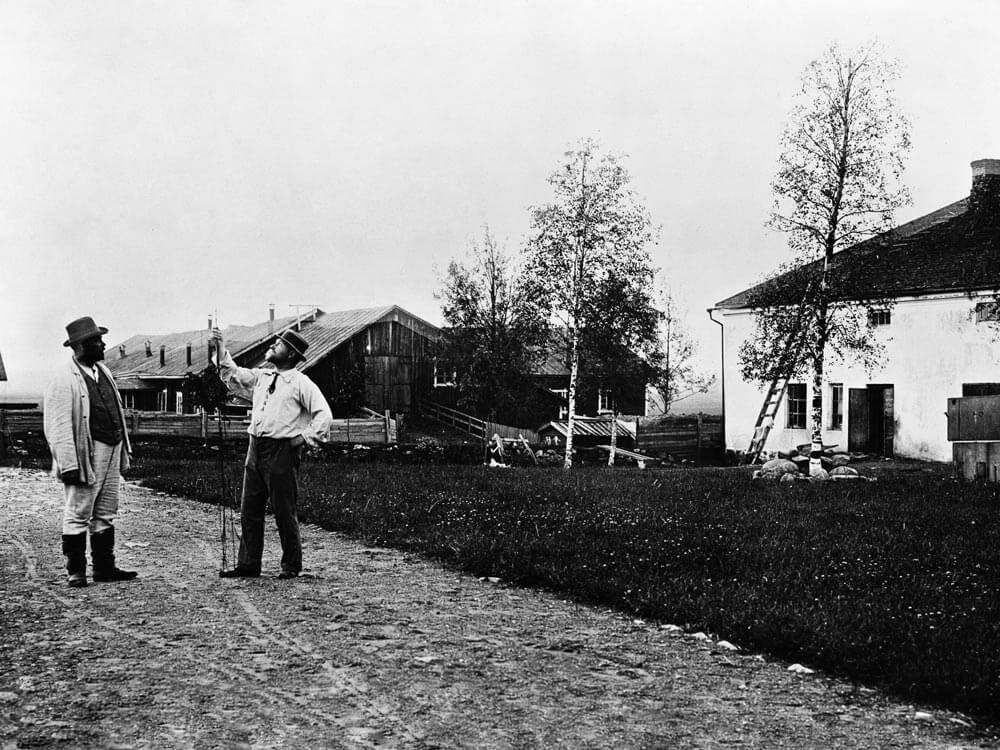
The buildings at Tuomarinkylä Manor date back to 1790 with additional outbuildings from the 1900s. These buildings and the grounds around them form the attractive cultural landscape along the Vantaanjoki river.
Kavaleff Era 1845–1917
In 1845 ownership of the manor transferred to the Russian trading family Kavaleff. In a rare interview in 2002, the family’s descendent Alexis Kavaleff revealed that the manor had been purchased with funds earned by selling a rare ruby and pearl necklace that had been presented by Tsar Nicholas I when he stayed at the Kavaleff’s house during his visit to Helsinki.
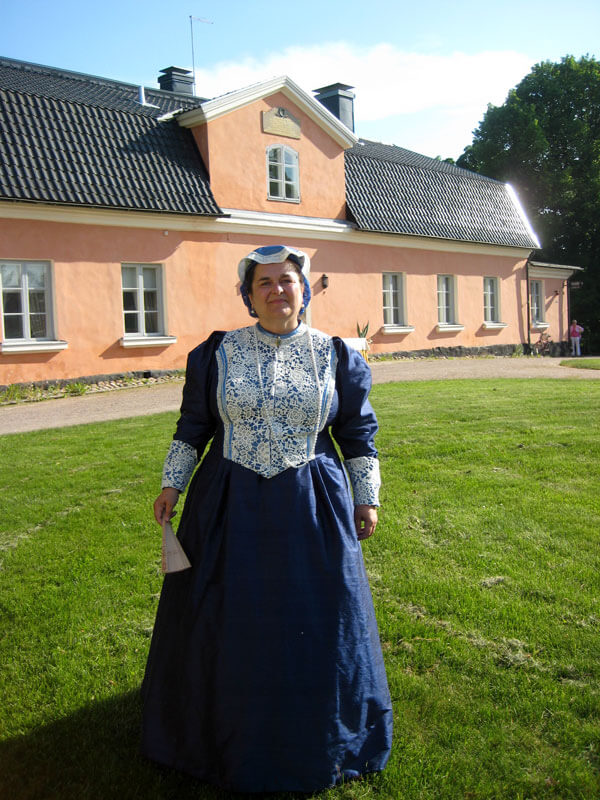
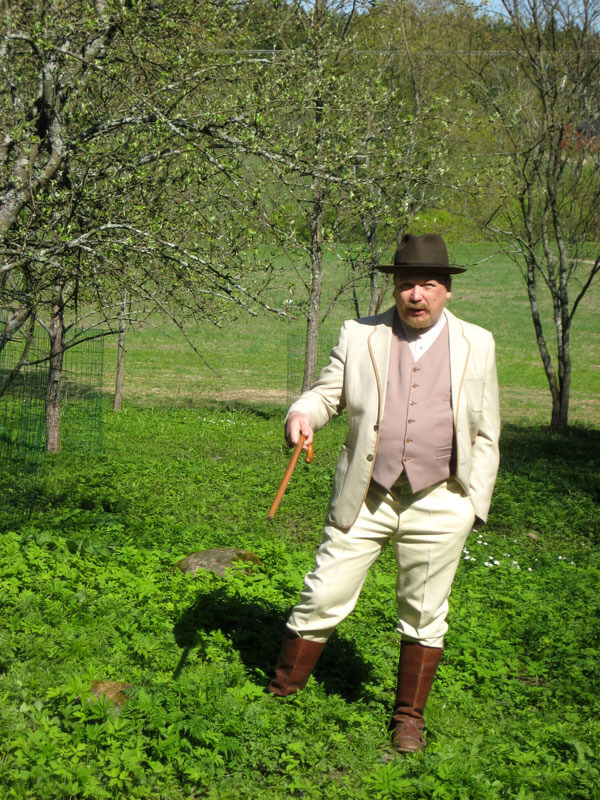
Under Jakob Kavaleff (1870–1936), the manor developed into one of the largest and most progressive farms in Finland. It was during this period that the Haltiala and Niskala farms were acquired. Jakob Kavaleff was an agronomist who experimented with plants, crops and livestock. For example, he cultivated around a hundred different potato varieties.
City of Helsinki acquires Tuomarinkylä Manor
Jakob Kavaleff sold Tuomarinkylä Manor to the City of Helsinki in 1917. At the time the manor had 770 hectares of land, including 350 hectares of cultivated fields, and 170 farm workers and their families. The title deed entitled the Kavaleff family to reside in Tuomarinkylä Manor until the 1950s.
The manor house was renovated and converted into a museum in 1960–61, at the same time regaining its original appearance and colour from the late-1700s. Between 1962 and 2013 the manor served as a museum. The charming Children’s Museum was housed in an adjacent building until it moved to Sederholm House in the city centre in 2012. Tuomarinkylä Manor Museum closed in 2013 due to a lack of visitors.
History of Haltiala Manor
Haltiala is part of the historical and cultural landscape along the Vantaanjoki valley. It is also an important nature reserve. Well-maintained fields, surrounding forests and the river characterise the area, which has been farmed and inhabited continuously since the Middle Ages.
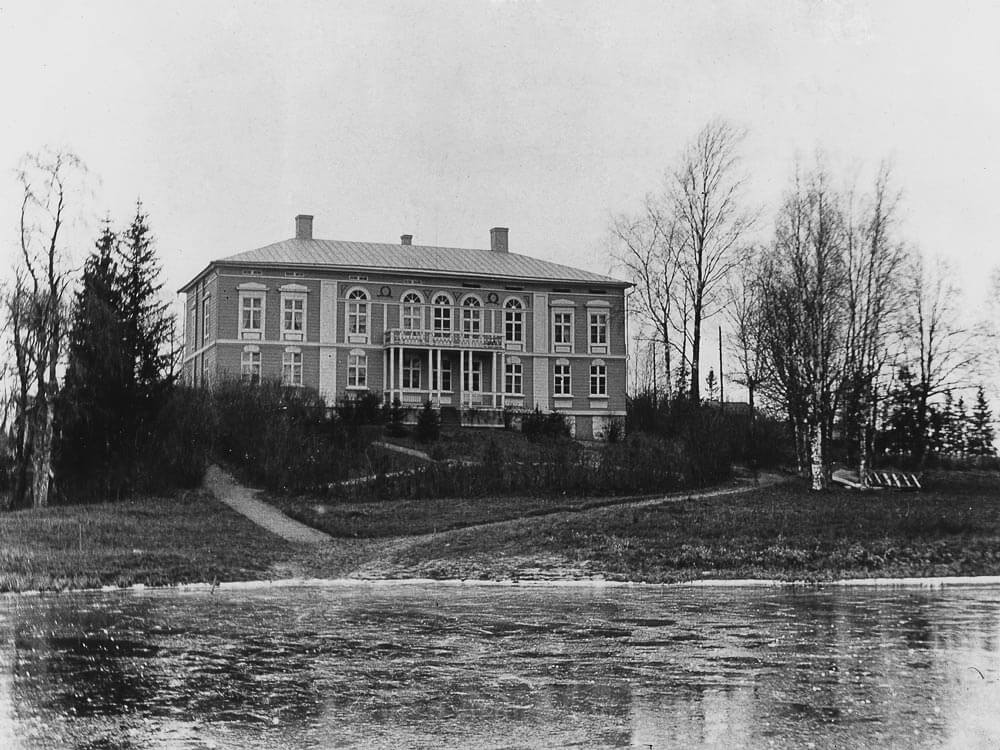
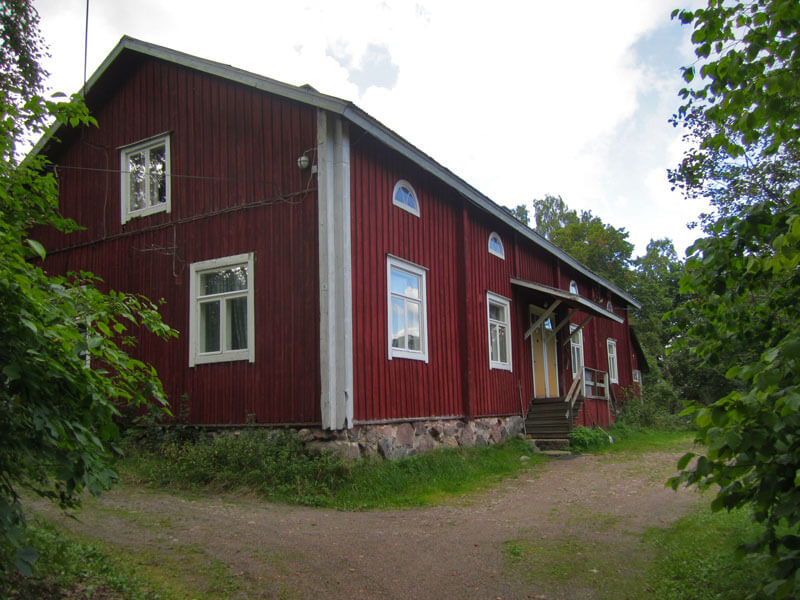
Haltiala Manor was demolished in the 1960s following fires. Situated right beside the river, it had been built in 1811. The City of Helsinki acquired the manor in 1934 from Jakob Kavaleff, who ran the farm from his home at Tuomarinkylä Manor.
Early 1900s
Jakob Kavaleff introduced many plants to the area, including trees that were grown from seeds he gathered on his travels. The trees were grown into saplings in Niskala where an arboretum can still be found. Many new plants were also introduced to the gardens at Haltiala and Niskala, as well as to the forest in what is now Central Park (Keskuspuisto). Many of the seeds were ordered from abroad.
Jakob Kavaleff sold Haltiala Farm to the city in 1934. Most of the farm’s forests were cut down during the war for firewood, and some of the land was developed to create the Pakila and Tammisto residential areas. The crops from the remaining fields were used by local schools and hospitals.
Tuomarinkylä Manor and Haltiala Farm were separated from each other physically in the 1920s by the construction of Kirkkotie, the old Tuusulantie road. The Tuusulanväylä highway was then constructed between the two in the early 1970s.